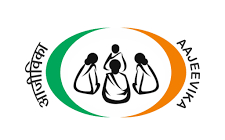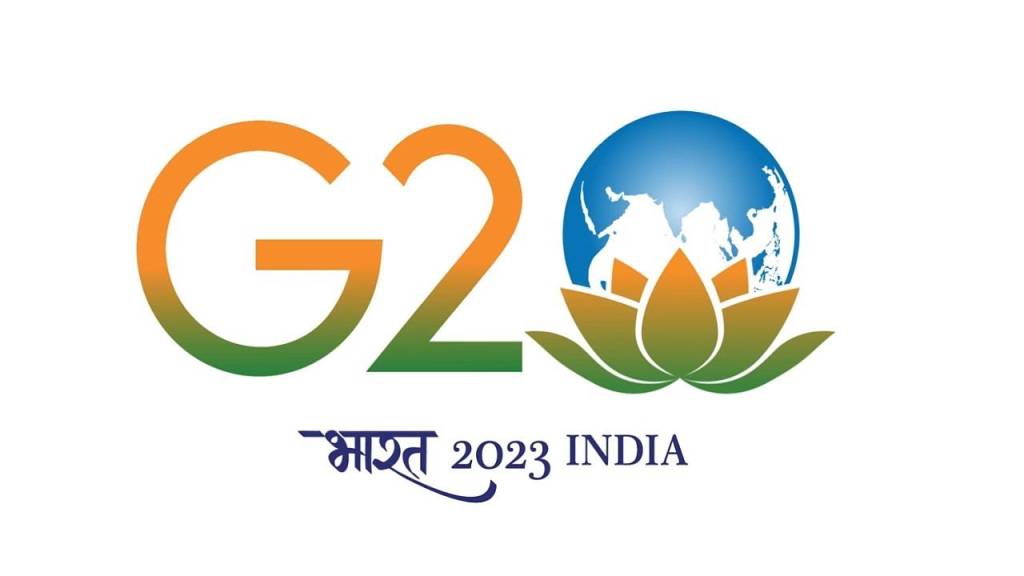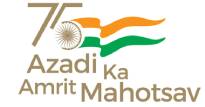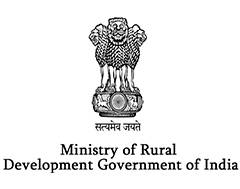About
Ministry of Rural Development (MoRD)
The Ministry of Rural Development (MoRD) is the nodal Ministry for the development and welfare activities in the rural areas of the country and is mandated to bring sustainable and inclusive growth in Rural India and there by improve the quality of life of people in rural areas. It has adopted multipronged strategy for eradication of poverty, providing social safety net and developing infrastructure for growth.
The programmes of MoRD aim to provide life advancement opportunities in rural areas and improve the quality of life.
Deen Dayal Antodaya National Rural Livelihoods Mission (DAY-NRLM)
The Ministry of Rural Development through its flagship scheme, DAY-NRLM has been successful in creating robust institutions of women in the rural areas. It is focused towards improvement of social status and economic capabilities of rural women by mobilizing them into women Self Help Groups (SHG), Village Organizations (VOs) and Cluster Level Federations (CLFs). It supports them in capacity building, financial inclusion and livelihood opportunities and making the society more progressive through social inclusion and social development interventions. As of November, 2022, more than 8.5 crore households have been mobilised in to more than 78 Lakh SHGs.
The Mission focuses on stabilizing the existing and providing newer livelihoods portfolio for the poor through its three pillars

Vulnerability Reduction’ and ‘Livelihoods Enhancement

Employment

Enterprises
Prajjwala Challenge Context
Every year, a large population, especially youth move into urban areas in search of economic opportunities, increasing pressure on city systems, especially metros and large cities, and often kicking off a yet another cycle of deprivation and poor quality of life. The economic measures announced by the Government of India are creating significant pathways to boost the local economies, by improving both ‘ease of living’ and ‘ease of doing business’ in rural areas. However, with one in every four Indians identified as multidimensionally poor (MPI report 2021, NITI Aayog), much is desired to be achieved.
The need of the hour is to innovate and amplify efforts for Transformation of the Rural Economy for bringing about economic development in rural India. The concept of “Transformation of Rural Economy” is based on the fundamental premise that the economic growth for a rural ecosystem can be maximized when exhibiting a ‘localized model’ that may include identifying, enabling and aggregating economic activities, allows amplification of growth drivers and acts as a catalyst for such economic activities through multiple modes of engagement – utilizing innovative approach of partnering with local actors /entrepreneurs, social enterprises and community-based organizations, complemented by effective administrative support.
Broad Contours for the Ideas
The “Prajjwala Challenge” invites innovative ideas on “Transformation of the Rural Economy”. The participants will be encouraged to make their submissions within the broad contours of the following strategic framework. Participants are encouraged to think clearly on these aspects, and articulate the elements of their model within the framework

Focus on Rural Women and Marginalized Sections
The idea must ensure participation of these segments and how the proposed model will impact the lives an livelihoods of rural women and marginalized sections by bringing about transformation in the rural ecosystem and economy.
Localised Models
The “localized models” may link not only the rural production systems but may also embed the rural producers, entrepreneurs and enterprises in the value chain. This calls for an inside-out approach instead of an outside-in approach. The inside-out approach entails mobilizing the entrepreneurial energy from within the rural areas towards increasing
enterprises and “place based” employment, jobs and livelihoods focusing on women and marginalized sections.
Sustainability
Sustainability of interventions rests on the ability of the models to effectively operate and maintain the assets created during the process of implementation. These interventions need to generate enough resources to develop a circular flow of income impacting community-level gains. A symbiotic partnership between the Government- Community- Private Enterprises will be key to sustainability.
Multi-sectoral
The ideas may include a wide-range of locally relevant businesses – spreading across secondary and tertiary / service sectors
Cost-Effective
A cost-effective model is critical for sustainability. A model that needs minimal investments will be considered for replication and scale-up.







